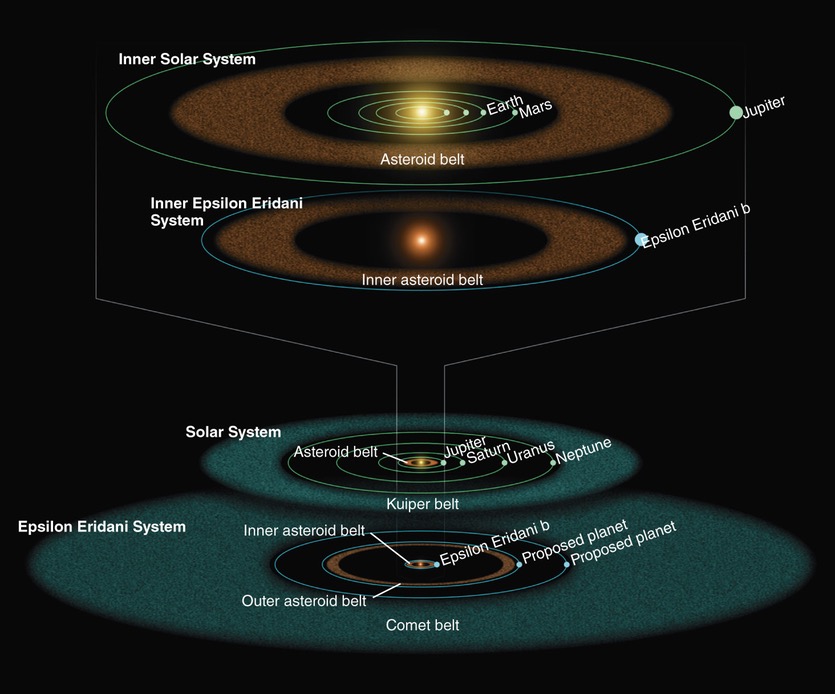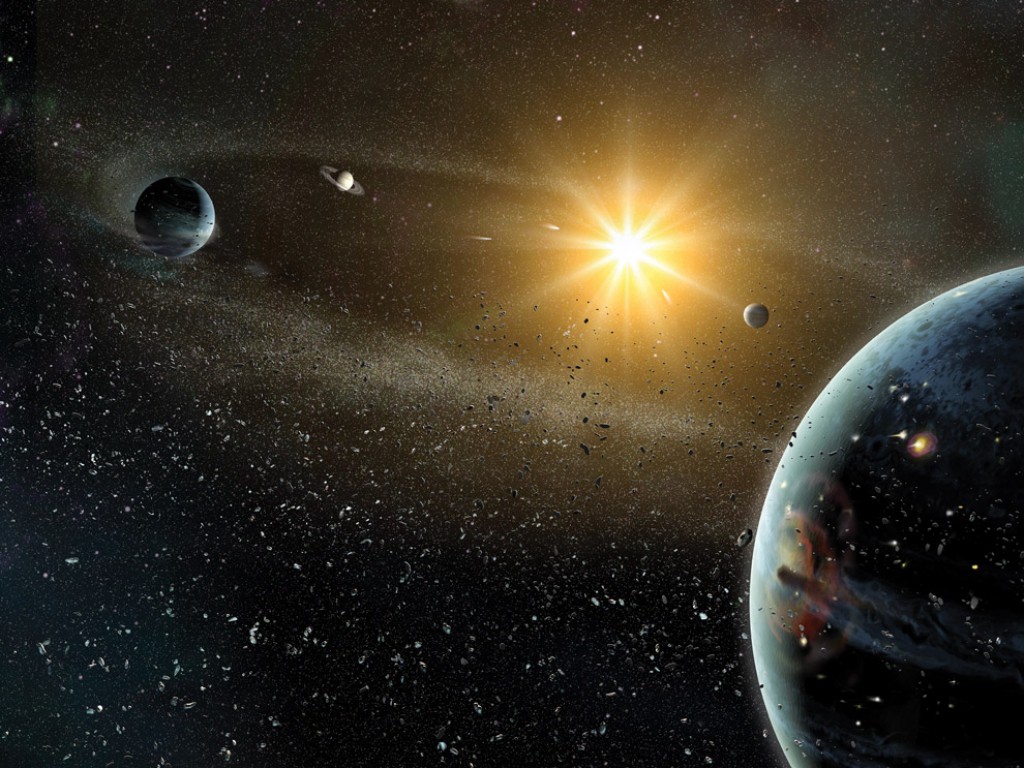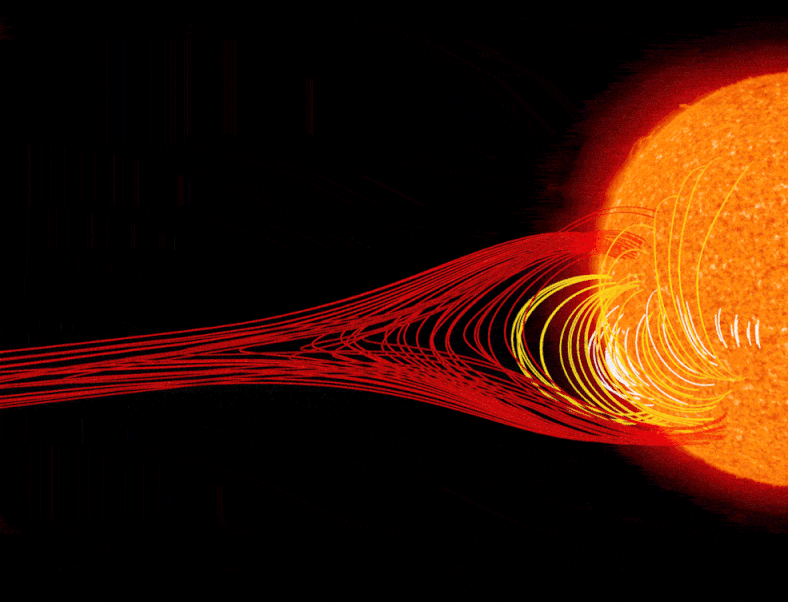A solar system very similar to our own has been found just 10.5 light years away, located in the southern hemisphere of the constellation Eridanus. It was spotted using observations from NASA’s airborne observatory, SOFIA, and could help astronomers uncover the secrets of our own solar system’s origin. Epsilon Eridani is the name of the star and is in an ideal position for research.
Astronomers had already observed the star using NASA’s Spitzer space telescope which confirmed it was circled nearby a debris disk. In trying to predict what the debris may look like, astronomers devised two theoretical models. One of the models predicted the disk consisted of two narrow rings that corresponded with the asteroid belt and Uranus’ orbit, while the other indicated a broad disk on the outer edges of the solar system, not connected with any other planets.

SOFIA’s telescope is almost 2.5 meters in diameter, which is nearly three times that of Spitzer’s. Like Spitzer, it too is located in an aircraft flying through the stratosphere, hence why it can receive such clear infrared emissions. After extensive research led by the University of Arizona’s Kate Su, the team found the debris to be more like the first model they predicted with two belt-like rings. While one of the rings is adjacent to a planet similar to Jupiter, the other is in a position that corresponds with the Kuiper Belt.
Su said, “A planetary mass object is needed to stop the sheet of dust from the outer zone, similar to Neptune’s role in our solar system. It really is impressive how Eps Eri, a much younger version of our solar system, is put together like ours.”
More News to Read











